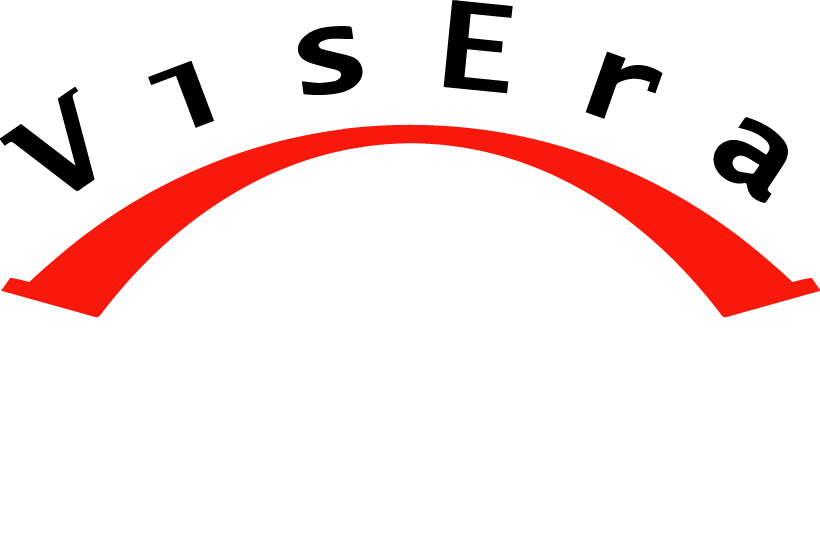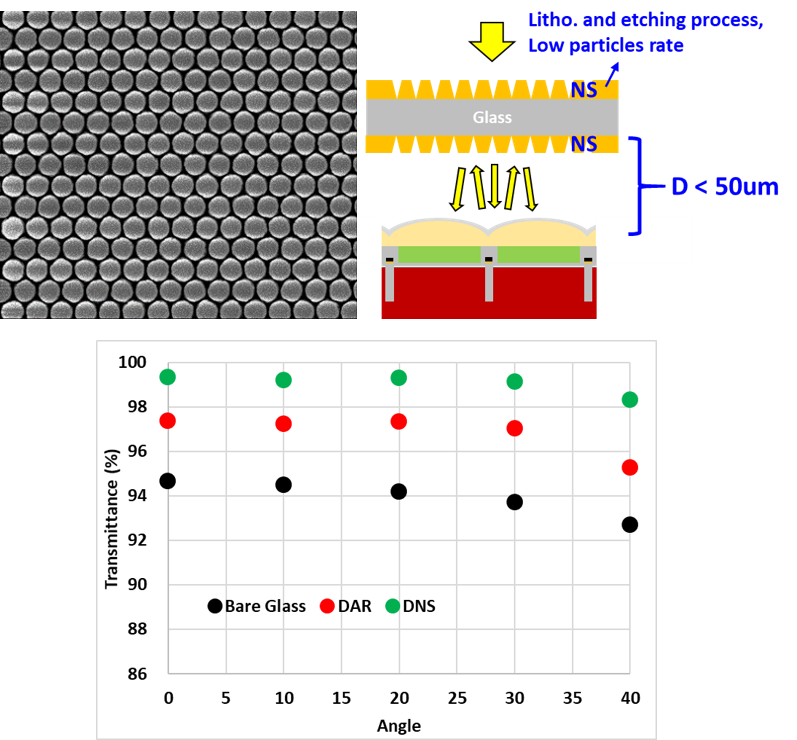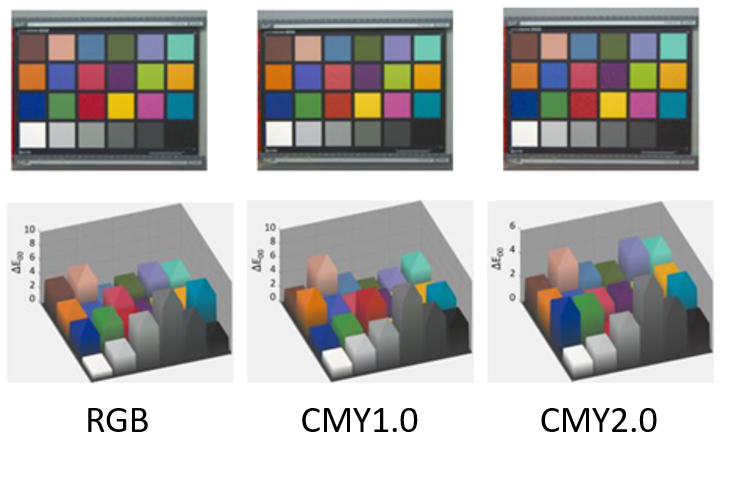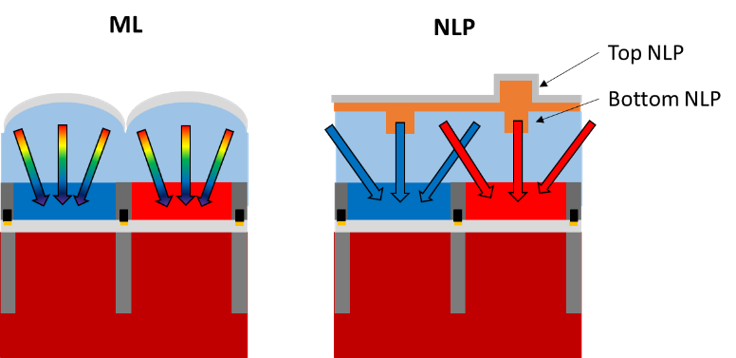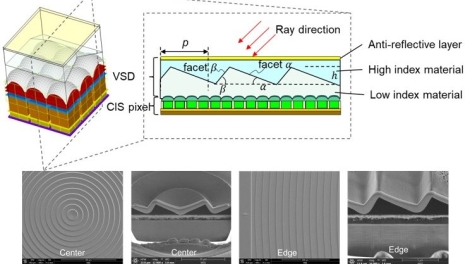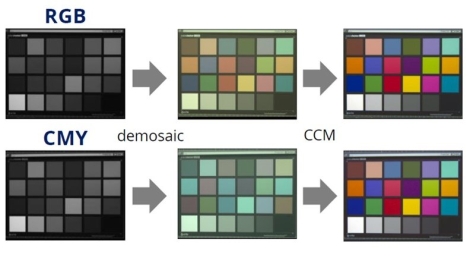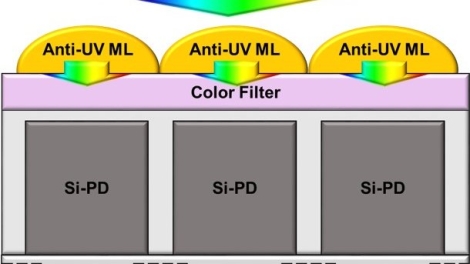Utilizing Degree of Circular Polarization to Detect D-Glucose Concentration in Scattering Media
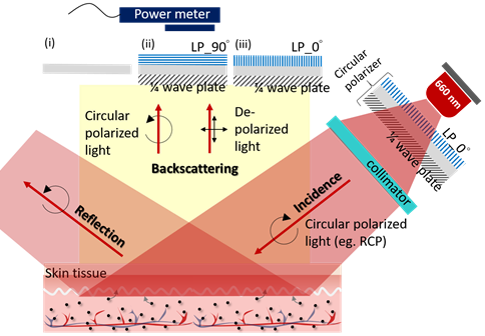
MicroTAS 2024 Conference
Utilizing Degree of Circular Polarization to Detect D-Glucose Concentration in Scattering Media
Highlight the potential of circularly polarized light (CPL) and depolarizers in advancing non-invasive glucose monitoring techniques.
This study highlights the use of circularly polarized light (CPL) over linearly polarized light (LPL) for non-invasive glucose monitoring, offering improved skin penetration and reduced depolarized scattering. CPL retains polarization better in complex tissues and shows robust, linear responses to glucose concentration in scattering media, as demonstrated in milk solution experiments. The method uses a quarter-wave plate to convert LPL to CPL, achieving greater sensitivity to glucose-induced polarization changes. Results suggest CPL's superiority in maintaining polarization and detecting glucose in highly scattering environments compared to LPL.
